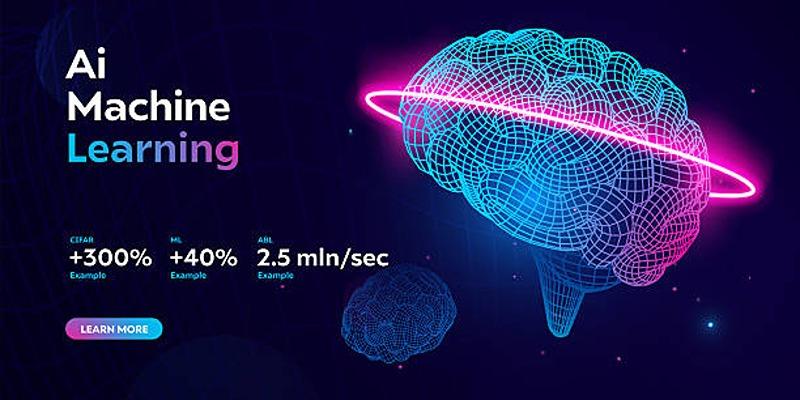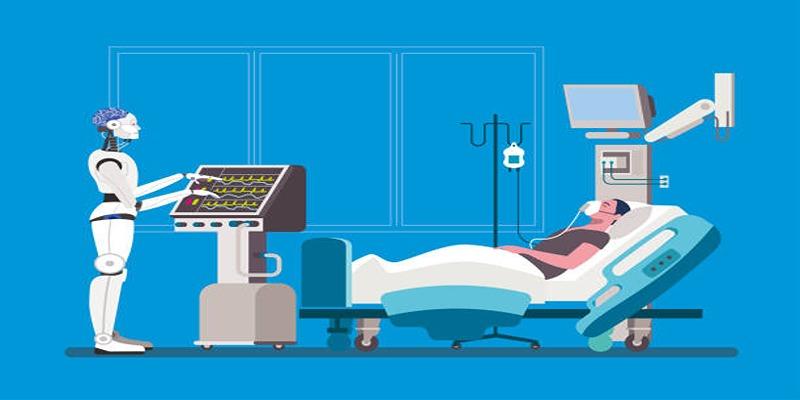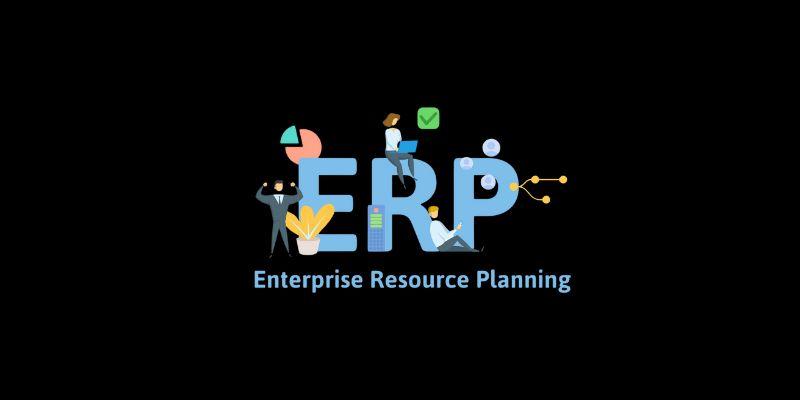Forecasting time series data is a staple in many industries, from predicting stock prices to anticipating product demand. But in most real-world situations, it's not just about getting a single number; it’s about understanding the uncertainty behind that prediction. That’s where probabilistic forecasting steps in—and it becomes especially interesting when combined with Hugging Face Transformers.
While Transformers are better known for their language capabilities, their architecture also offers strong modeling potential for time series data. When tailored right, they go beyond rigid predictions and offer a range—a distribution—of possible outcomes. That range is where the magic of probabilistic forecasting lives.
Why Probabilistic Forecasting is Worth It
Let’s face it: point forecasts are limited. Predicting tomorrow’s temperature as 24.3°C might sound impressive, but if the weather system is chaotic, it could just as easily be 22 or 26. A single prediction hides the uncertainty that decision-makers care about the most.

Probabilistic forecasting flips that limitation by offering a distribution instead of a fixed value. Instead of saying "sales next week will be 5,000 units", it says "there’s a 70% chance sales will fall between 4,800 and 5,200." That difference matters more than it seems. It gives businesses, researchers, and engineers a cushion to work with—and that’s what good forecasting is all about.
Transformers for Time Series: Not Just for Text Anymore
If you’ve only seen Transformers applied to sentence completion or text generation, you might be surprised to see them making predictions about electricity demand or air pollution. But it makes sense. Transformers are good at handling sequential data. And time series? It’s just a sequence of numbers over time.

In traditional setups, RNNs or LSTMs were the go-to for sequence data. However, Transformers changed the game by removing recurrence entirely. Instead, they examine the entire input sequence at once using self-attention, which enables them to weigh the importance of each time step when making predictions.
For time series forecasting, this is a big deal. It means the model doesn’t forget long-range dependencies. It can weigh a spike that happened 30 time steps ago as equally important as the one that just occurred. That's something LSTMs often struggle with.
Now add Hugging Face to the equation. The open-source models, community-built datasets, and easy APIs make it practical to build transformer-based time series models without starting from scratch. That ease of access matters a lot, especially when trying to shift from experimentation to deployment.
How to Do Probabilistic Forecasting with Transformers
Let’s break it down into steps. You’re not just loading a model and hitting "predict"—there’s a bit more to it. But once you understand the flow, it becomes manageable.
Step 1: Prepare the Data
Your data must be in the right shape. For most transformer-based models, especially those available on Hugging Face, your time series will need to be segmented into windows. Each window acts like a sentence in NLP terms.
Start by identifying your target column—the variable you want to forecast. Then decide on an input length (how many previous time steps to look at) and a forecast horizon (how far into the future to predict). For probabilistic models, you also want to keep auxiliary features, like seasonality indicators or external variables.
Step 2: Pick a Suitable Model
Hugging Face now includes models like Informer, Autoformer, and Time Series Transformer. Among these, the Time Series Transformer is particularly built to handle probabilistic forecasting.
You’ll want to choose one that allows you to model the output as a distribution, not just a point. This means your loss function won’t be MSE or MAE—it’ll likely be something like Negative Log-Likelihood or CRPS (Continuous Ranked Probability Score), depending on your choice.
Some implementations also support quantile regression. This is useful if you're trying to estimate the 10th, 50th, and 90th percentiles of the forecast, which is common in demand planning or risk assessment.
Step 3: Train the Model
Training a transformer for time series isn't that different from training one for text, but there are a few caveats. Transformers are data-hungry. If your time series is short or has lots of missing values, the results might not be great.
Make sure you’re feeding batches that preserve the temporal order. Transformers don’t inherently understand "time"—you’ll need to inject it manually, usually with positional encodings. In time series cases, these encodings can also reflect things like hours of the day or days of the week.
Also, be ready to tune carefully. Unlike classical models, these ones have many more hyperparameters—attention heads, hidden sizes, learning rates, and dropout rates. A small mistake here can throw the entire learning process off.
Step 4: Interpret the Probabilistic Outputs
Once your model is trained, the final step is interpreting what it gives you. Instead of getting a single output, you’ll get parameters of a probability distribution—like mean and standard deviation for a Gaussian, or percentiles in case of quantiles.
Plotting prediction intervals is a good first step. Look for whether the true values lie within your intervals often enough. If you’re consistently underestimating the uncertainty, it means your model is overconfident—a common issue in early setups.
These probabilistic outputs can also be used to build risk-aware metrics. For example, if you’re forecasting energy demand, you can assign penalties for under-forecasting versus over-forecasting and optimize accordingly.
Final Thoughts
Probabilistic forecasting adds a layer of realism to time series predictions that point estimates just can't offer. And Hugging Face Transformers brings the tools and models to make it accessible, without spending weeks building everything from scratch.
While there’s a learning curve, especially when shifting from traditional forecasting methods, the payoff is clear. You get predictions that aren’t just numbers, but smart estimates with confidence built in. And in fields where one wrong estimate can cost a lot, that confidence is worth having.












